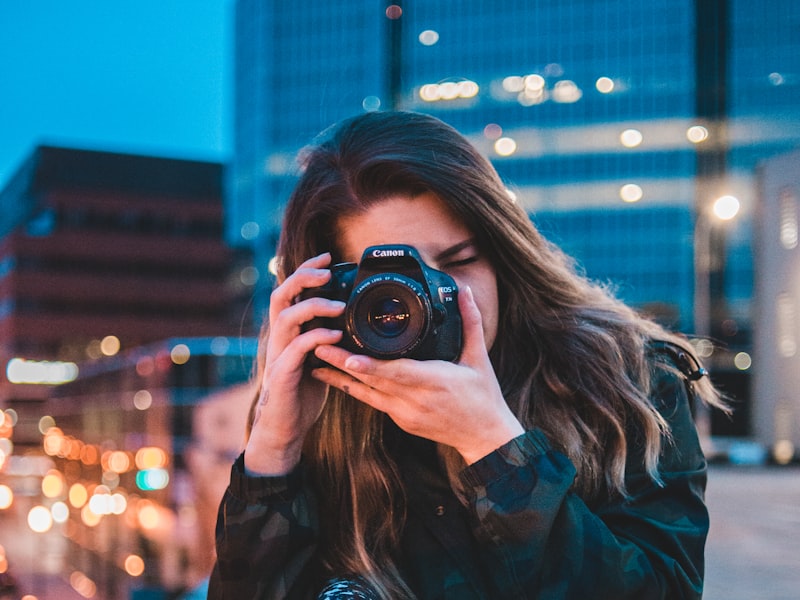Paint spraying

Paint spraying refers to the procedure of applying paint onto a surface utilizing a specialized spray gun or sprayer rather than using traditional brushes or rollers. It is a common technique found in various painting applications, including interior and exterior walls, furniture, vehicles, along with other surfaces.

Here are some key points to take into account when paint spraying:
Surface Preparation: Make sure that the top to be painted is clean, dry, and clear of any dirt, dust, grease, or loose particles. It is important to remove any flaking or peeling paint, and sand or smooth out rough areas.
Equipment: Use a paint sprayer or spray gun that is suitable for the precise project. There are different types of sprayers available, including airless sprayers, HVLP (high volume low pressure) sprayers, and compressed air sprayers. Choose the appropriate type in line with the size of the project, the sort of paint used, and the required finish.
Paint Selection: Choose a paint that is appropriate for the sprayer and suitable for the top being painted. Some paints may require thinning or dilution with a specific solvent before spraying. Consult the paint manufacturer's instructions or talk to a paint specialist to find the best results.
Technique: When working with a paint sprayer, maintain a consistent distance from the top and move the sprayer in a smooth and also motion. Start and stop https://onsite-spraying-services.co.uk/best-ceiling-spraying-nottinghamshire/ spraying motion before reaching the edges to avoid uneven application. Apply multiple thin coats rather than a single heavy coat to attain better coverage and stop drips or runs.
Safety Precautions: Wear appropriate personal protective equipment (PPE), such as goggles, a respirator mask, and protective clothing, to guard against paint overspray and inhalation of paint fumes. Ensure proper ventilation in the painting area to avoid the buildup of hazardous fumes.
Cleanup: After completing the paint spraying process, clean the sprayer or spray gun thoroughly following manufacturer's instructions. Properly dispose of any leftover paint or cleaning materials according to local regulations.
Paint spraying can be quite a time-saving and efficient method for achieving a smooth and professional finish. However, it can require practice and skill to ensure even coverage and minimize overspray. If you're unfamiliar with paint spraying techniques, it might be beneficial to seek guidance from a professional or attend an exercise course to build up your skills.
